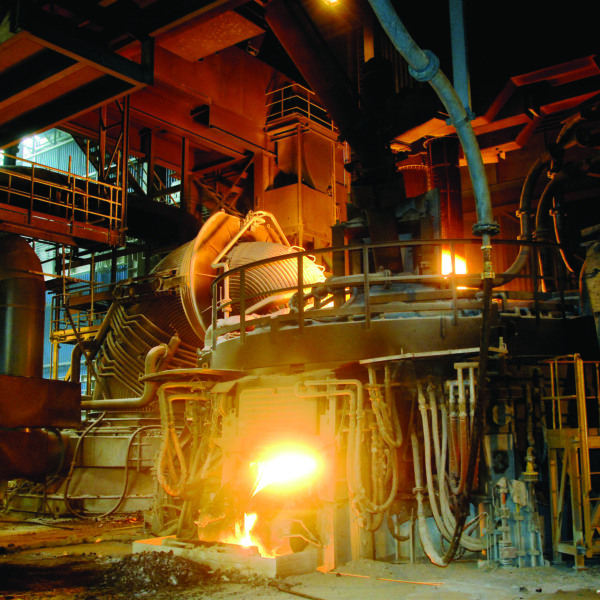Slow Road to Recovery for DR-Grade Pellets
The past year has been challenging for many iron and steelmakers, especially those who rely upon merchant direct reduction-grade pellets for their iron ore supply. Prices of oxide pellets, iron, and steel have varied over a broad range, putting a strain on profitability. At times, the operating expenses of some ironmakers have exceeded the sale price of their product, forcing curtailment of operation until the situation improved. While other times, the business climate was more favorable. In short, economic forces driving supply and demand caused fluctuations that were beyond the control of the steel companies.
Iron ore supply, especially high-grade pellets, have been restricted since late-2015, when a mining tailings dam collapsed in Brazil and caused the closure of over 20 million tons per year of production. Then, in January 2019, a second tailings dam failed and another 50 million tons per year of ore production was shuttered. These and other supply disruptions put iron ore prices on a seemingly never-ending escalator. Within eight months (November 2018 until July 2019), the base price for iron ore, as indicated by the price of 62% Fe sinter fines upon arrival in Northeast China, nearly doubled. Simultaneously, the premium for direct reduction-grade pellets, which already was at a remarkably high level, increased by $13/t. At its peak, in summer of 2019, the price of 67% Fe pellets, fob Brazil, was around $140/t.
Normally, when raw materials costs rise, it is possible to raise the price of the product to compensate. Sometimes, even greater profits can be made. But not this time. Worldwide steel prices slumped, as the two largest global economies engaged in a trade dispute. Prices of both long products and flat products slipped by 20-30%. Ironmaking plants, particularly those forced to buy merchant ore on the world market, were pinched between falling product prices and rising raw materials costs.
The squeeze was even tighter in the direct reduction industry. Direct reduced iron (DRI) output had surged by nearly 40% during the prior two years, and growth was expected to continue at a very rapid pace. Demand for seaborne DR-grade pellets was forecast by the International Iron Metallics Association to grow by 50% over the next five years. Then the two tailings dam failures occurred at mines that were major sources of high-grade pellets – and everything changed.
How did the DR plants deal with this problem? Primarily, by expanding their sourcing to include non-conventional ores; lump ores and lower grade pellets. However, each of these actions involved difficulties. For instance, DRI made from lower grade pellets contains higher amounts of gangue, which increases the slag volume in an EAF and reduces the yield.
The demand side of the equation is more difficult to forecast. Will economic growth return to the high rates of a few years ago and drive steel demand? No one knows. What we do know is new MIDREX® Plants are coming into production in 2019-20, increasing overall demand and consumption volumes. Although the DR-grade pellet market will be tight for several more years, we should not see the large swings like earlier this year.
Midrex recently hosted a panel of five iron ore suppliers – Anglo American, Baffinland, Bahrain Steel, Rio Tinto, and Vale – at the annual International Conference on MIDREX Technology, where we heard their views on the market, as well as industry news and updates. The storm seems to be abating –supply is gradually increasing and prices have returned to more tolerable levels. Although producers of DR-grade pellets are actively working to increase their output, no new capacity is planned in the short-term.

